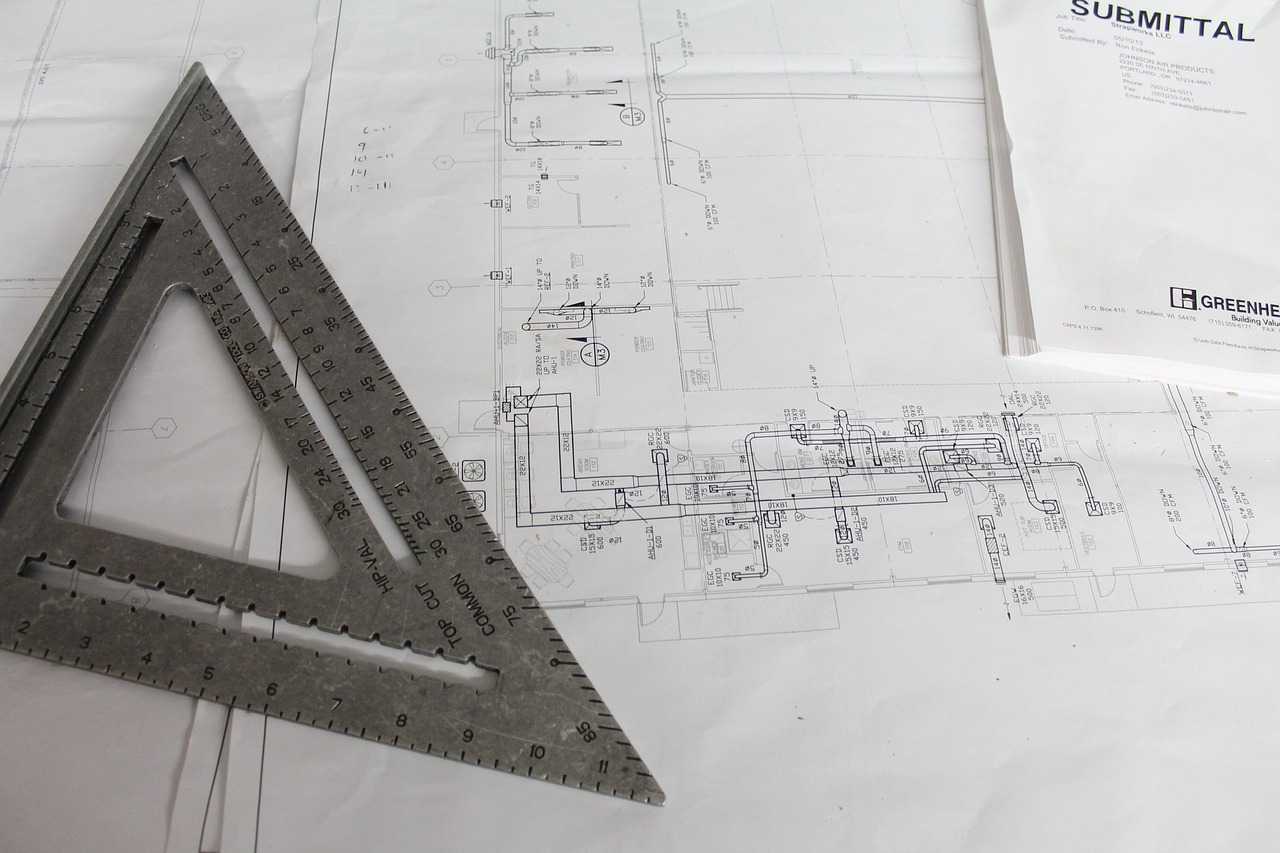The best document management software solutions are highly secured data warehouses, with robust identity management (IAM) features and complete document categorizing and search facilities. In the construction industry, various stakeholders also view, edit, and upload documents on an ongoing basis. It is important for the best construction document management software solutions to allow for version control and complete monitoring of data access within.
Additionally, with the expansion of IoT and sensor-based technologies within the construction ecosystem, document management solutions must also be dynamic to handle real-time unstructured data streaming. By incorporating best practices within the document management domain, these solutions can enhance project output, quality, and standardization within the execution. Let us review the top features of the best document management solutions in the industry.
Smarter storage of BIM and planning data
Smarter planning is one of the top features of document management software solutions. Teams can be increasingly empowered to execute on construction sites when they have seamless access to BIM models that are well integrated. With all information provided to teams on-site, they can deliver projects with greater accuracy for their clients.
Teams are also able to resolve issues within the construction project much faster, as they have access to planning data through their devices. Document management solutions enable ease of accessibility to stage-wise insights, thereby improving quality and collaboration within the execution. Managers can provide real-time data for faster remediation, which helps reduce latency within project work.
Strong cybersecurity measures implemented
A critical function of document management solutions is to securely house data within its environment. By implementing the right cybersecurity measures, developers can protect against phishing, malware, ransomware, and a range of other intrusion methods. Certain databases can be attacked via DDoS or zero-day attacks, which require the consistent updating of security features within software solutions.
Strong cybersecurity measures also involve the implementation of role-based controls. Users with specific tier-based access should be able to seamlessly view documents within the ecosystem, while others denied. This ensures better cyber-governance, enabling managers to have complete control over the sharing of sensitive and proprietary project data.
Cloud-based anytime access for users
The top document management software solutions are cloud-based solutions that enable seamless access to all files. The continuous and interconnected nature of the cloud ensures that all applications, documentation, and users are integrated within the enterprise ecosystem. Access to safety data, inspections, planning insights, approvals, survey data, contractor notes, indents, and estimates is optimized when a cloud-based solution is leveraged.
Cloud-based solutions also provide monitoring tools, enabling administrators to have access to meta-data analysis, user session insights, and accessibility trends. These solutions enable managers to have complete insights on who accessed certain documents at what point, introducing greater traceability and tracking. Maintenance on the cloud is also much easier than on-prem or traditional systems, wherein several resource-intensive stages are necessary.
Robust RFI management via tools
Managing RFIs is also an essential business function within construction projects, requiring several stages of approvals, review, and confirmation. It is important for document management software solutions to streamline RFIs across the construction lifecycle. Construction plans, specifications, contracts, and building standards, should also be managed seamlessly within the document management solution.
The ability to categorize RFIs for managers is also a critical function. Traditionally, RFIs would be sorted within basic folders for managers to view and respond to. Modern data and document management platforms allow for smarter recording and resolution within an intuitive and user-friendly model. Additionally, the best document management software solutions also allow for enhanced collaboration for agile RFI handling.




